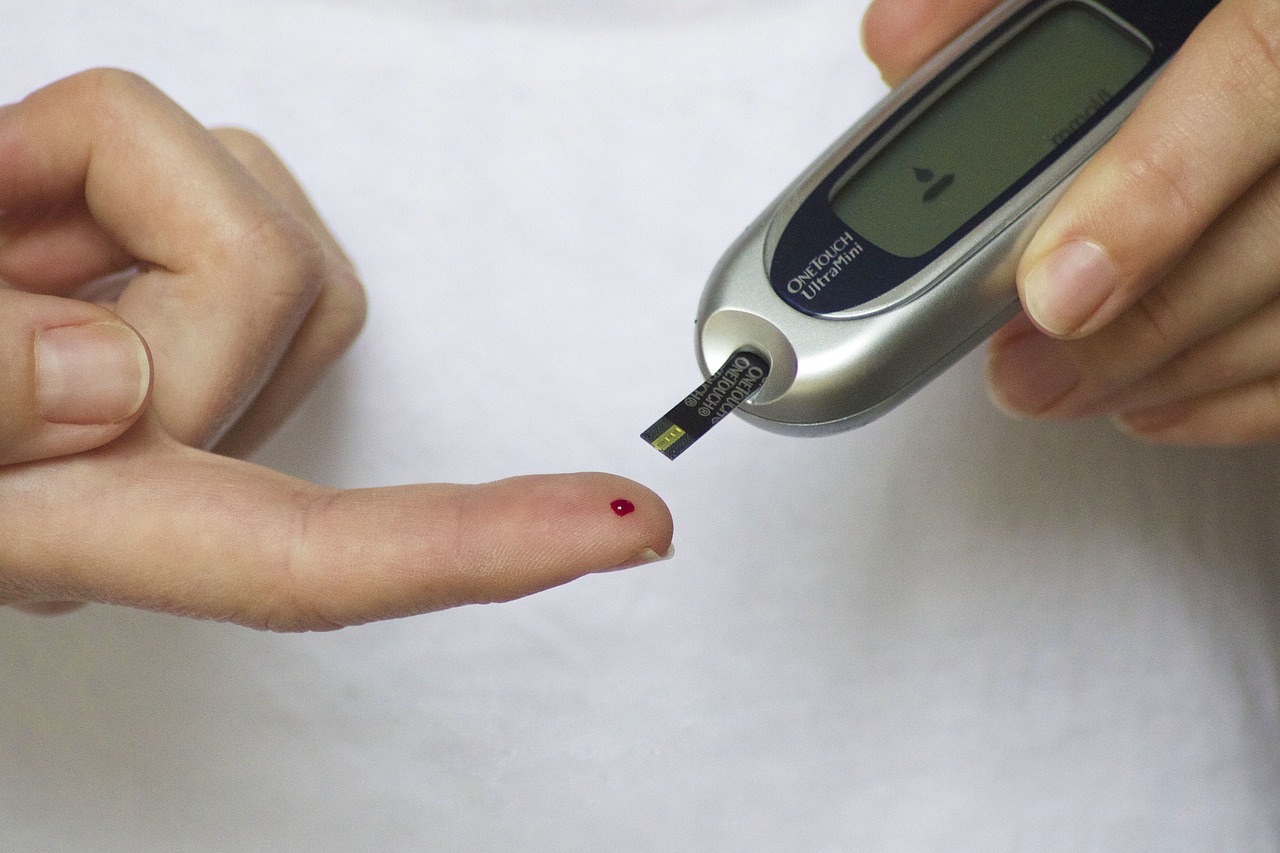Doctors have been using stitches that dissolve in the body for years. Now ultra thin electronic implants, made of special materials, are being used for a wide range of medical and consumer devices and products. These materials melt away, either inside or outside the body — ie: are disposable and biodegradable — once their job is complete. Devices of all kinds are being build of these new materials and tested in humans, animals and everyday consumer products such as cell phones.
New Use For Silkworms
Electronic medical implants are composed of silicon and magnesium oxide and enclosed in a layer of silk. This is a growing area of research in which so-called “electronic tattoos” or “skin thick” devices, are implanted and bend and stretch with the skin. In addition, the vast majority of electronic devices produced today are now considered too rigid and unadaptable.
Of course, traditional electronic components are built to last much longer and therefore present a long term environmental problem. Methods are being devised to allow electronics to dissolve at a specific rate over time. The material developed is called a “nano membrane”, which dissolves in days or weeks, and the speed of dissolution is controlled by the thickness of the silk covering. By changing the crystalline structure of the silk researchers control how quickly it dissolves.
Silk is provided by silkworms and is dissolved and reconstituted to give it the ability to “melt”. This of course rules out the need for surgical removal of implanted devices. Doctors believe that if the use of dissolvable implants continues to be successful there will be many new applications in coming years.





